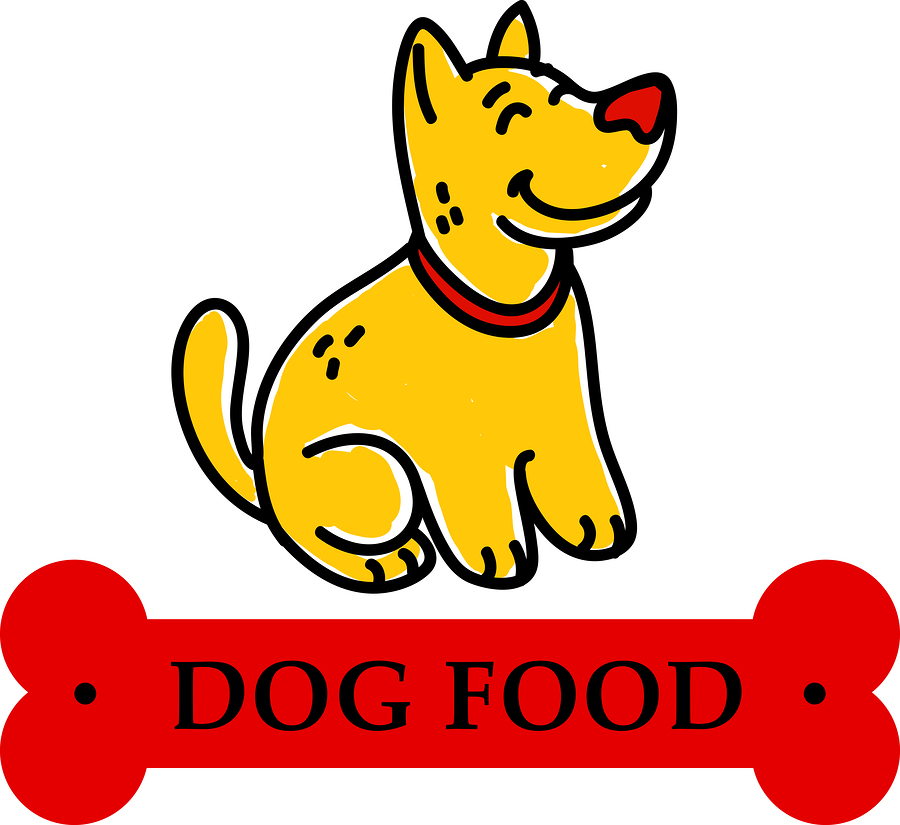
This post may contain affiliate links. We are compensated for referring customers to our affiliate partners.
If you care about the kind of food you give to your dog, the first thing you should learn to do is read the ingredients list that comes on every package so you can find the healthiest dog food for your new furry friend. After all, kibble didn’t start that way, people had to feed a lot of meat, grains, vegetables, and other food into giant vats, extrude them, and then bake the results into the pellets which millions of dogs eat every day.
But while dog food has to abide by certain dietary standards to meet federal approval, they don’t have to make sure their calories and nutrients come from healthy sources, and they don’t have to make sure their kibble is actually tasty.
So if you’re on the lookout for the healthiest dog food on the market, keep an eye out for the following ingredients.
VIDEO: Reading & Comparing Ingredients In Dog Food
PART 2: Reading & Comparing Ingredients In Dog Food
Named Animal Meat
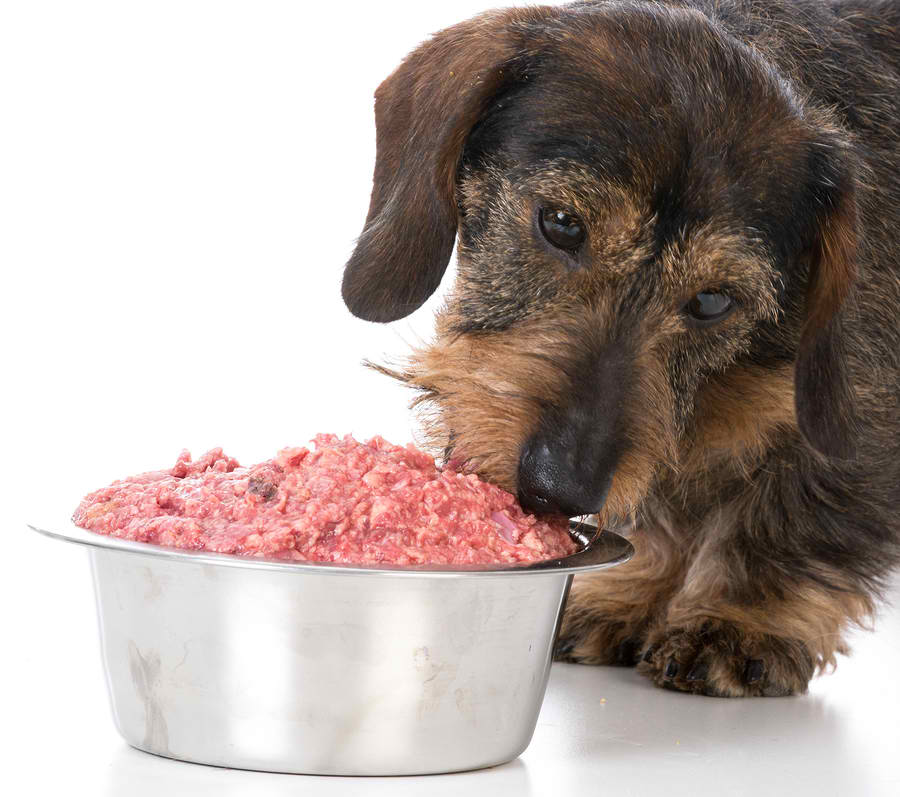
As carnivores, dogs are perfectly capable of getting most of their energy from eating meat and protein, even though for humans it’s healthier to get our energy from plant carbohydrates. As such, the number one ingredient for the healthiest dog food is meat. Not only that, but it should be a specific kind of meat, such as chicken or beef. Using a generic term that doesn’t refer to any animal simply opens too many doors that you probably wouldn’t want to look through.
Liver

Every day, your liver performs hundreds of different functions that keep you alive and healthy. Your liver destroys and filters out toxins in your bloodstream, such as alcohol, and it both destroys and replaces old red blood cells. Your liver even takes the basic carbohydrates and amino acids your digestive system absorbs and converts them into the structures the rest of your body uses as fuel and building blocks.
As a result, the liver is also where you’ll find most of the vitamins and minerals animals need to survive and stay healthy. Humans don’t need to eat livers because we can get our nutrients directly from plants, but for carnivores, the liver is the most important organ on the menu.
Now dogs aren’t obligate carnivores, which means they can choose to eat plants instead, but we still classify them as carnivores because they still prefer to get most or all of their nutrients from animal sources. That means their digestive system is much better at processing the nutrients in a liver than from plain chemical supplements injected into a wheat-based piece of kibble. As such, the healthiest dog food is one that includes real animal livers in the ingredients.
Named Animal Byproducts
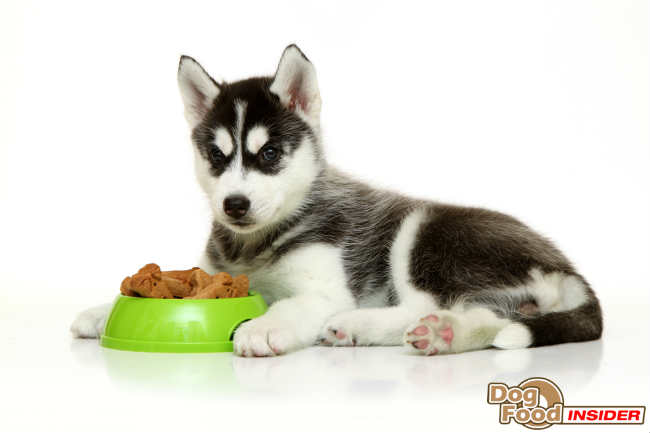
There’s something about the term “byproducts” that makes people leery. After all, it refers to the parts of animals that humans generally don’t eat, and so it brings to mind completely inedible animal parts like feathers, fur, hooves, and bones. But that misses out on the fact that all humans do generally eat is the muscle. That leaves out all sorts of perfectly edible organs like the liver, heart, lungs, and more.
As such, when a dog food lists something like “beef byproducts” on the ingredients list, you are very likely feeding your pet nutrient-packed organs. Still, while “animal byproducts” means organs and not gristle, that doesn’t guarantee that the company is using the healthiest combination of organs possible, so it may be worth your time to investigate the truth behind the label.
Named Animal Meal
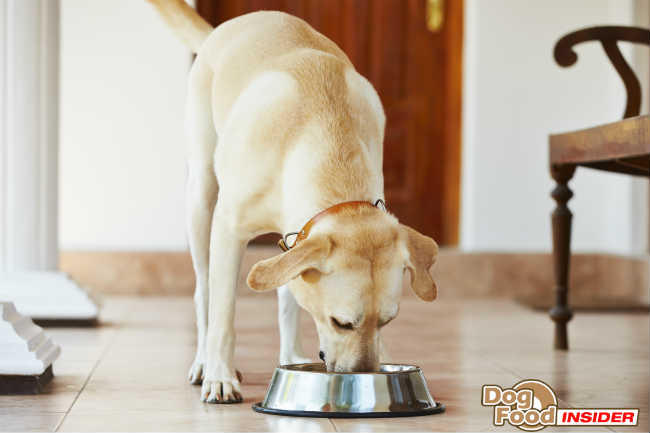
The word “meal” when used like “chicken meal” or “beef meal” refers to a process that grinds up muscles, skin, and other protein sources and then dries the results into a thick mash or powder. It’s not very appetizing to eat it on its own, but it does make for an excellent nutritional supplement in dog food.
Named animal meal is especially important to have present in wet canned food, because the fresh animal meat that shows up at the top of the ingredients list includes a lot of that moisture when it accounts for the weight, which means more of the ingredient is water than protein. By contrast, animal meal is more protein than water, making up the difference with a completely natural and complimentary source of nutrition.
Plant Carbohydrates
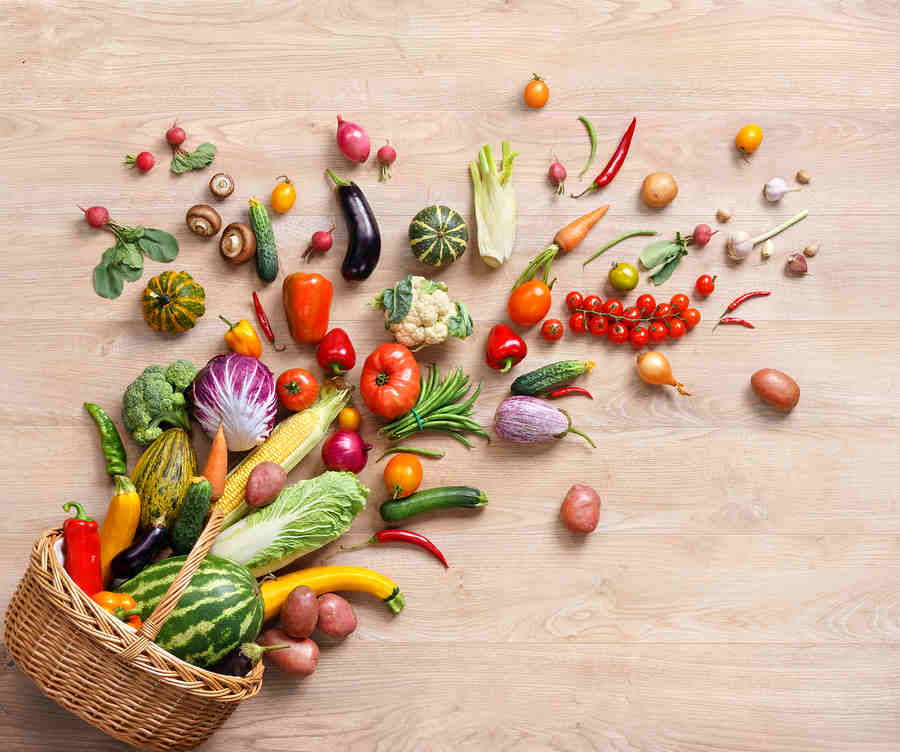
While dogs can survive on meat alone, they can also process plant carbohydrates such as milled grain and potato starch. Unlike humans, this shouldn’t be a dog’s number one source of calories, but it does give them a ready source of energy and a little starch is basically required when it comes to making and baking kibble.
You can find a lot of arguments online about whether grains are good or bad for dogs, not to mention which fruits or vegetables should take their place. But while you’re free to use your judgement regarding which grains to feed your pets, it’s worth noting that generations of dogs have lived happy, healthy lives on grain-based kibble.
A dog can have a grain allergy just like a human, and they’re somewhat more common in dogs since they haven’t spent thousands of years living on grains like humans have. However, allergies are still rare in dogs like they are in humans, and so switching to a non-grain dog food probably won’t make a difference unless you’re trying to find one.
The healthiest dog food in the world isn’t going to be the cheapest bag on the shelf, and it very likely isn’t the most popular food, since that tends to be a factor of advertising. On the other hand, there’s a very good chance that it also isn’t the most expensive bag. A company might use refined, organic ingredients instead of common ones and know all the right health food words to say, but a dog probably won’t know the difference and can be just as happy and healthy eating something whose price is in the middle of the pack.

